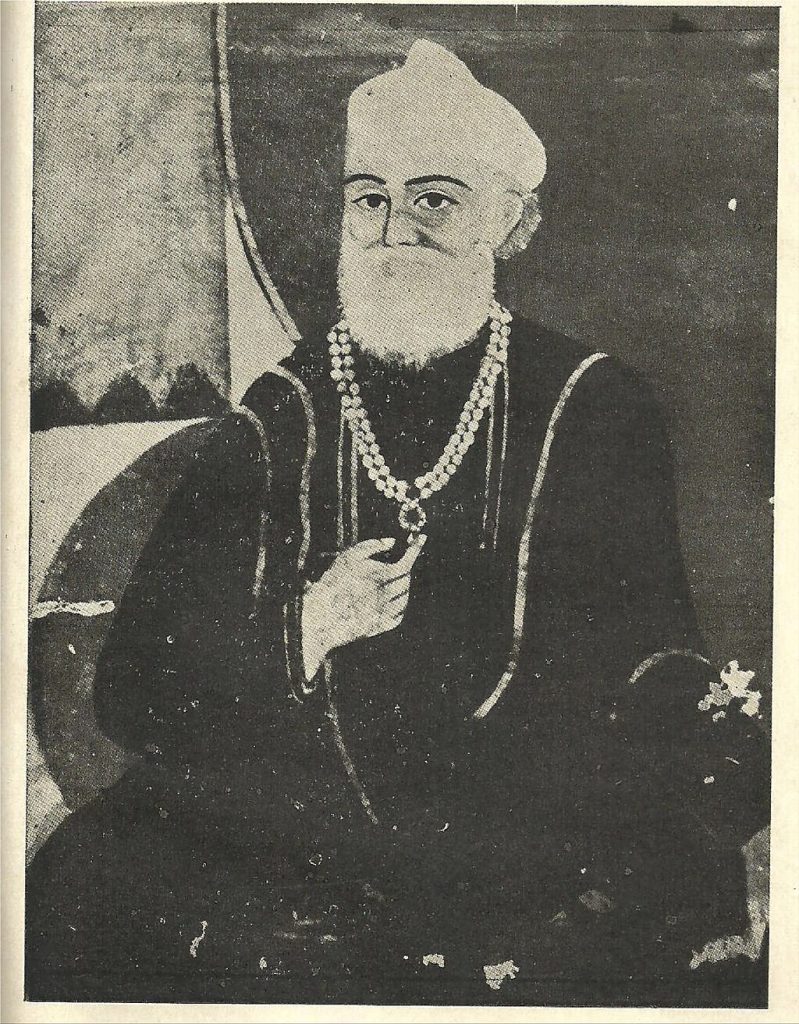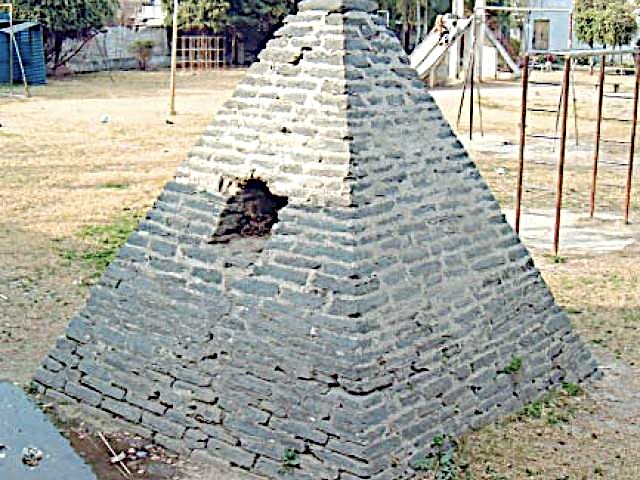NIDHAN SINGH PANJHATTHA (d. 1839), soldier, minor commander and jdgirddr under Maharaja Ranjit Singh. He acquired the epithet Parijhattha, the "five handed," for his gallantry in the battle of Ten hill (1823). He singlehanded made five Pathans prisoners and captured their weapons. This act of valour earned him the title of Panjhatthd. In every battle, Nidhan Singh was among the first to advance and the last to retreat, and his body was covered all over with the marks of his courage. His great grand father, Dulcha Singh, had been in the service of Raja Ranjit Deo of Jammu, and his grandfather, Ram Dat Singh, is said to have served the Sukkarchakkia family under Mahari Singh.
Explore the history of Qutb Uddin, Afghan chief of Kasur, his battle against Ranjit Singh, and his role in the Sikh-Afghan expedition. A tale of bravery and intrigue.
Explore the storied life of Misr Rup Lal, governor and ally in the Punjab's struggle against British rule. Discover his legacy and impact on history.
Explore the life of Sultan Muhammad Khan, Peshawar's governor in 1830. Discover his alliances, defection, and influence in the Sikh Wars.
Discover the story of Wafa Begam, her brave quest to rescue Shah Shuja, and the famed Kohinoor diamond in 19th-century India.
AKHBAR-I-DARBAR-I-MAHARAJA RANJIT SINGH, also called Akhbari Deorhi Sardar Ranjit Singh Bahadur, is a set of Persian manuscripts comprising 193 loose sheets of unequal size and containing, as the title indicates, news of the court of Maharaja Ranjit Singh (1780-1839). These sheets are believed to be newsletters sent from the Punjab for the Peshwa Daftar at Poona (now Pune). The collection was first discovered in 1932-33 by Dr Muhammad Nazim, an officer of the Archaeological Survey of India, in the Alienation Branch of the Divisional Commissioner\'s office at Poona.
Explore the legacy of Faqir Aziz Uddin, physician, diplomat, and foreign minister, pivotal in 19th-century Sikh foreign relations under Maharaja Ranjit Singh.
Uncover the story of Francis John Canora, an Irishman in 19th century Lahore who rose to Colonel in Maharaja Ranjit Singh's army. Discover his intrigue and downfall.
DAYAKAUR, RANI (d. 1843), widow of Sahib Singh Bhangi of Gujrat, was married, in 1811, to Maharaja Ranjit Singh by the rite of chadar andazi, a rite having sanction under customary law to facilitate marriage with a widow who is accepted into nuptials by unfurling a chadar or sheet of cloth over her head. Princes Kashmira Singh and Pashaura Singh were born to her. Rani Daya Kaur died in 1843.
GOBIND RAM, BHAI (d. 1845), son of Bhai Harbhaj and a grandson of Bhai Vasti Ram, had, like his brother Bhai Ram Singh, an honoured position at the court of Maharaja Ranjit Singh. A good scholar of Sanskrit and Persian, Gobind Ram, was of a retiring nature and more interested in spiritualism and medicine. According to Sohan Lal Suri, the court historian, Maharaja Ranjit Singh was highly impressed by Gobind Ram`s knowledge of metaphysics and often had long discussions with him. Bhai Gobind Ram, who suffered a paralytic stroke in 1840, died at Lahore on 23 March 1845.





